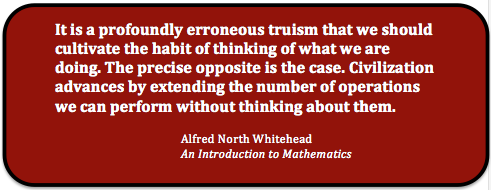Legal Marketing: How do you handle silent rejection?
It’s hard to hear “no” when you’re working to increase your visibility through speaking or writing or when you’ve asked a potential client for new business. But as difficult as it is, you probably hear “no” on a regular basis. In fact, if you don’t get turned down at least every now and again, you’re probably playing it too safe and not pursuing enough opportunities. You’ve likely come up with some methods to handle that disappointment.
But how do you handle it when you’ve made an overture and all you get back is silence? Do you assume rejection? Do you follow up, or follow up again, and how do you avoid becoming a pest? Do you take a new approach and see if that gets you further? Do you tuck tail and give up? Ugh—these are tough questions.
Consider these questions when silence is the only answer to an inquiry:
Diagnostic questions: What (maybe) went wrong?
- Was your overture interesting enough? Did you offer a juicy tidbit designed to pique interest? For example, rather than simply describing an article you’d like to write on some aspect of law, offer the same description plus a snappy tentative title. If you’re requesting a meeting with someone, be sure you’re offering a good reason for your contact to give up the time to meet with you.
- Was your request clear enough? Instead of asking for a short meeting, ask for a 15-minute meeting. Suggest a target length for the article you’re proposing. If you’re inviting someone to speak on a panel, suggest a couple of topics she might consider. Details yield specific thought, and you’re more likely to get a response if it’s clear what you want and why.
- Did you choose the right method of communication? Sometimes you’re stuck with a prescribed format (how to submit an article proposal, for example), but take the time to think it through when you have options. If you know the recipient, what mode of communication does he prefer? How likely is it that his email inbox is overflowing and yours simply got overlooked in the volume?
Prescriptive questions: What can you do now?
- Might you follow up to try again for a response? Follow-up is fairly easy when you have a somewhat close relationship with your contact or when your contact actually suggested you be in touch. Even without some previous connection, you can typically follow up once (and, depending on the circumstances, perhaps twice) even on a cold contact. If you’ve pinpointed a potential problem with the diagnostic questions, edit your request and try again. To avoid looking like a pest, give serious thought to calling if you’d previously emailed or vice versa. Pay attention to the way you phrase your follow-up: consider the difference in tone between “my email dated 9/1/20 may not have reached you” vs. “you may have overlooked my email dated 9/1/20.” Whatever you do, think pleasant, not pushy.
- Do you have some other reason to be in contact? Be careful with this approach, because it can backfire if you’re clearly manufacturing a reason to communicate with the person. However, if you have an article that they might find useful or if you bumped into a mutual acquaintance who shared some interesting information, pass that along with a gentle reminder about your initial request.
- Look for another route to that person. Especially if you’ve made a cold contact, look for a way to network into the connection. Check for mutual connections on LinkedIn, for example, or ask around in your firm or circle of acquaintances. Finding someone who can introduce you or promote your request can be an effective way to gain attention.
- Let time pass, then try again. When you can’t follow up again, make a note on your calendar to get back in touch in a few weeks or months. End-of-year and summer holidays are often a good time to get back in touch with someone thanks to cultural expectations. You might also watch for an announcement or publication that affects your request or for some suggestion that your contact was involved in something time-consuming that may have prevented a response. One of my clients was frustrated by the lack of response from a distant friend until he discovered that the company in which the friend was an executive had just negotiated an agreement to purchase a competitor. That news both explained the silence and opened an opportunity to get back in touch.
Most importantly, don’t take silence personally. Chances are good that your contact was simply too busy to respond to you. Even if the silence was intentional, the lack of an explicit rejection leaves the door at least cracked for a future attempt at communication.
P.S. If you missed the first session of the webinar series, “The Human Touch of Rainmaking”, it’s not too late!
You can catch the replay until Sunday, October 4th.
Click here to watch it.
P.P.S. Mark your calendar for the next installment of the webinar series, Embracing Virtual and Remote Networking which will be held on October 15th.
More details to come!

